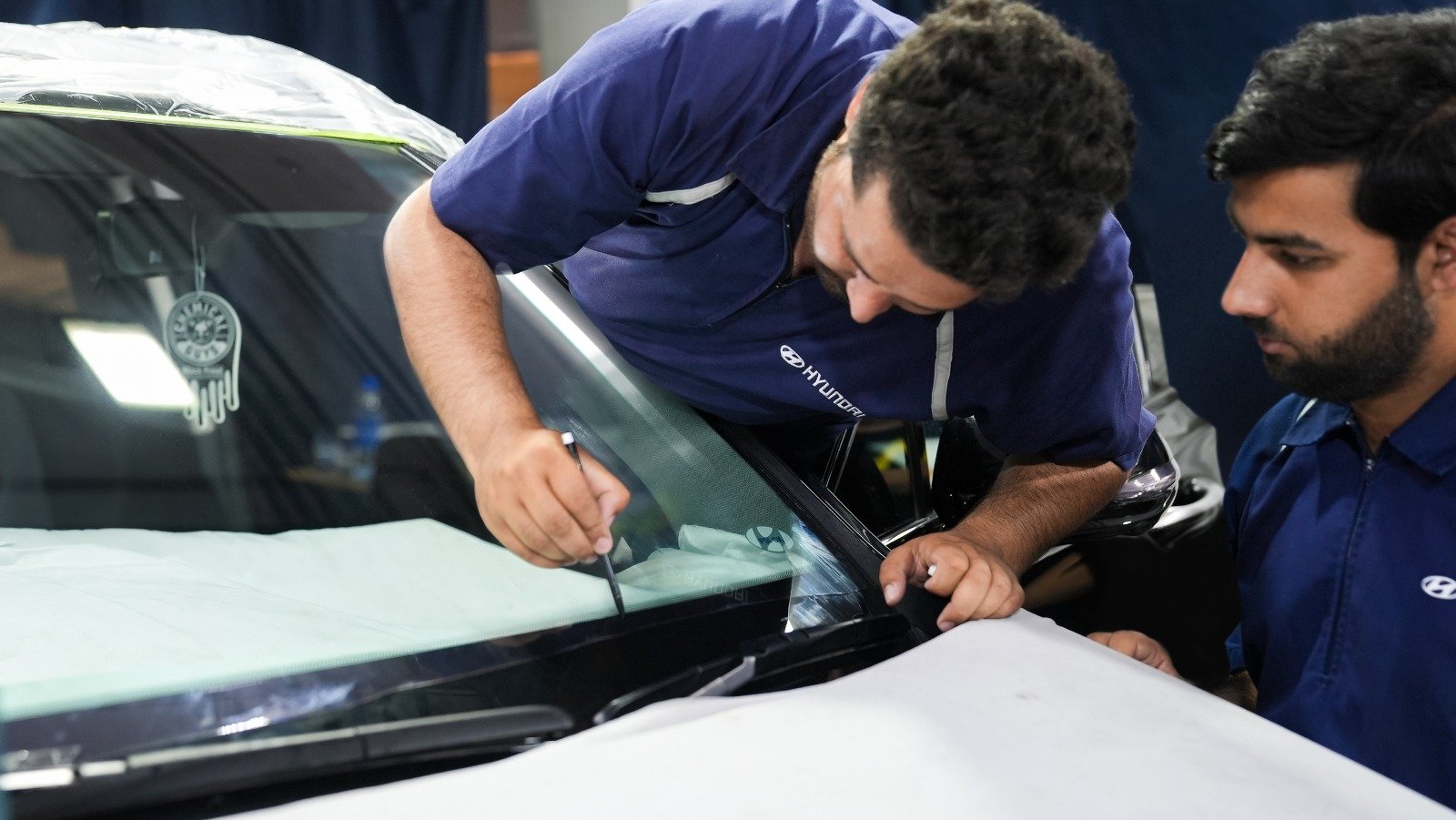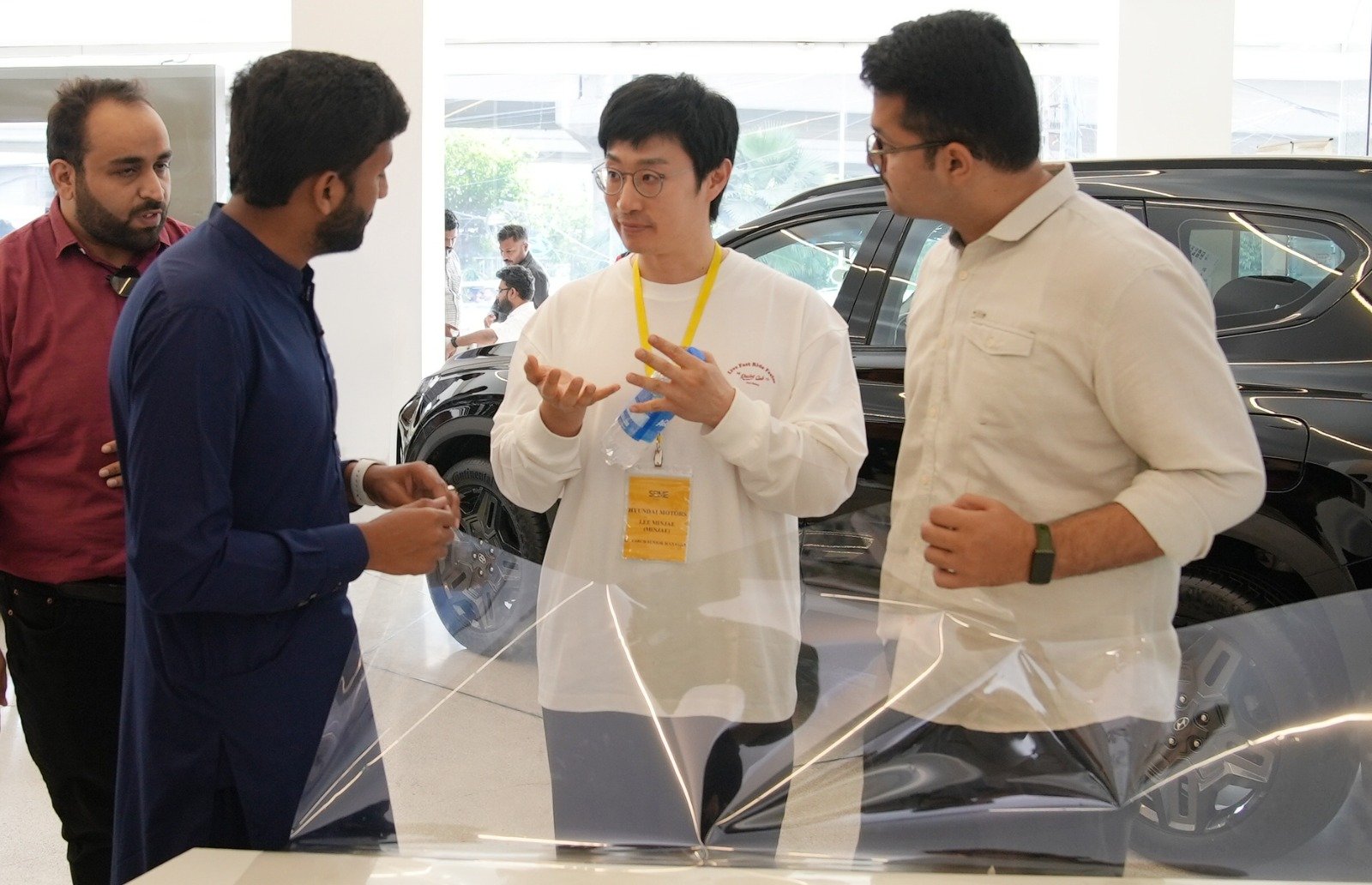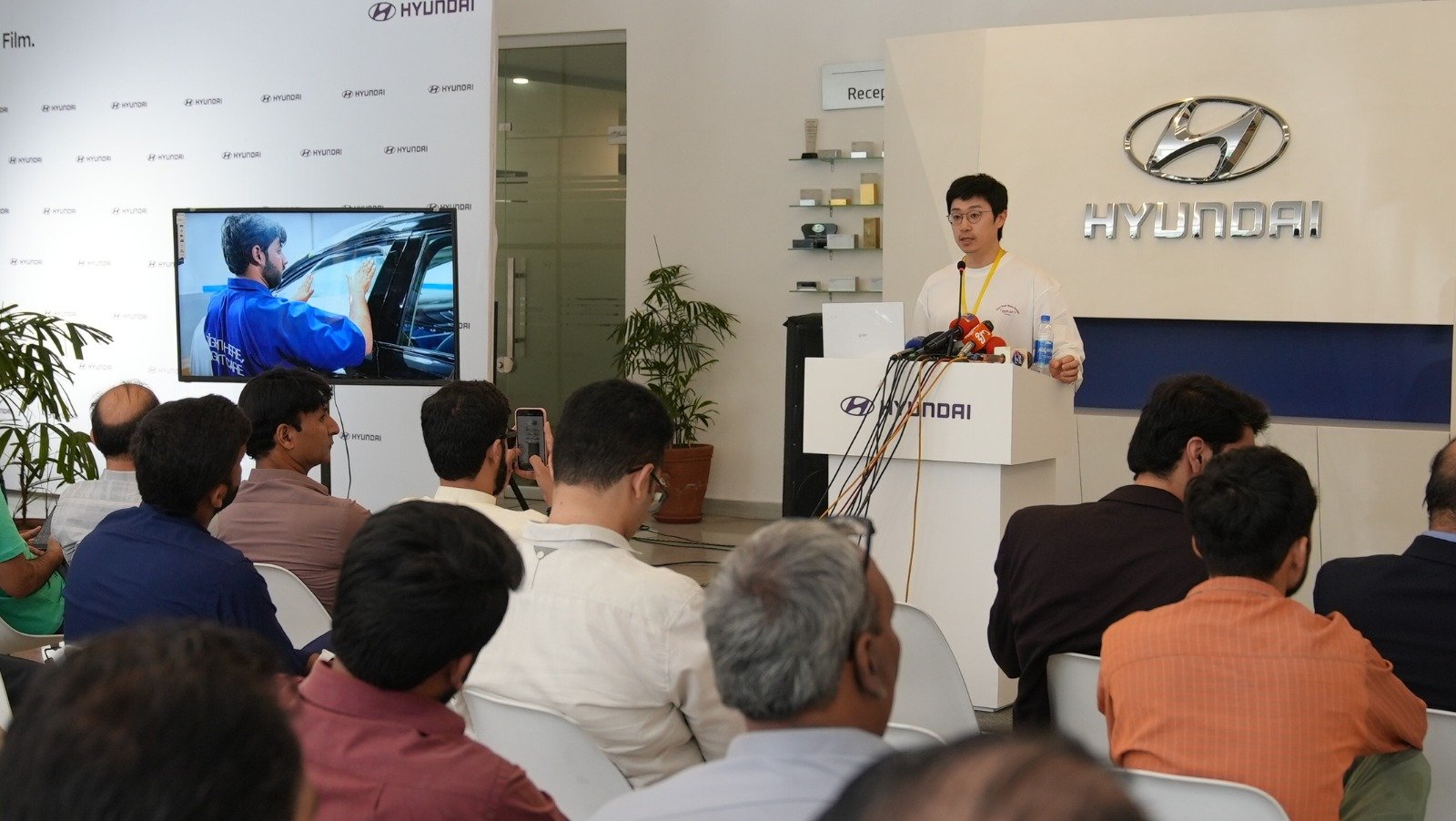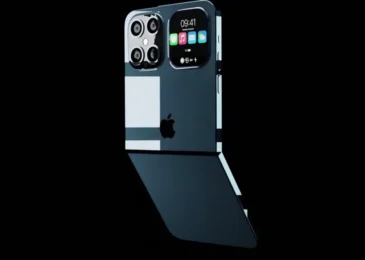
· Hyundai Motor launches campaign to install the world’s first Nano Cooling Film for free on more than 70 Hyundai vehicles in the test market, Lahore, Pakistan
· Nano Cooling Film blocks external heat and emits internal radiant heat to the outside while maintaining high transparency to allow unobstructed vision
· The material significantly reduces a vehicle’s interior temperature without violating local regulations, resulting in increased comfort and reduced energy consumption
· To expect entering mass production of the technology in the future
LAHORE, PAKISTAN, April 22, 2024 – Hyundai Motor Company (Hyundai Motor) today launched the ‘Made Cooler By Hyundai’ campaign in Lahore, Pakistan, to bring relief to local drivers struggling with summer heat and energy costs.
Through the campaign, the company will apply the world’s first Nano Cooling Film to the windows of more than 70 Hyundai vehicles.

Nano Cooling Film not only blocks solar heat but also radiates infrared rays from inside the vehicle to the outside. This innovative transparent film maximizes heat dissipation by incorporating a nanostructure with excellent heat transfer characteristics.
Hyundai Motor selected the Lahore market to introduce its transparent film, where attaching tinted film to windows is prohibited for security reasons.
This innovative solution aims to provide relief to local drivers who face the challenges of scorching summer heat exceeding 50°C and high energy costs caused by excessive air conditioning. Nano Cooling Film can reduce the interior temperature by over 10°C without darkening the windows and complies with local laws.
Hyundai Motor has actively promoted the campaign through local media and influencers and is also displaying exclusively designed “Made Cooler By Hyundai’ stickers on the vehicles that have the film applied.

Nano Cooling Film surpasses conventional tint films in its ability to block heat while maintaining high transparency and unobstructed vision. This is achieved through its unique composition of three layers that selectively block or emit specific wavelengths of solar heat.
The film’s outer layer radiates heat at mid-infrared wavelengths from the interior of the vehicle to the exterior, while the inner two layers reflect incoming heat at near-infrared wavelengths, reducing the total amount of heat that reaches the inside of the vehicle.

Hyundai Motor plans to use empirical data from this pilot campaign to ensure quality and enter mass production of the film in the near future.




